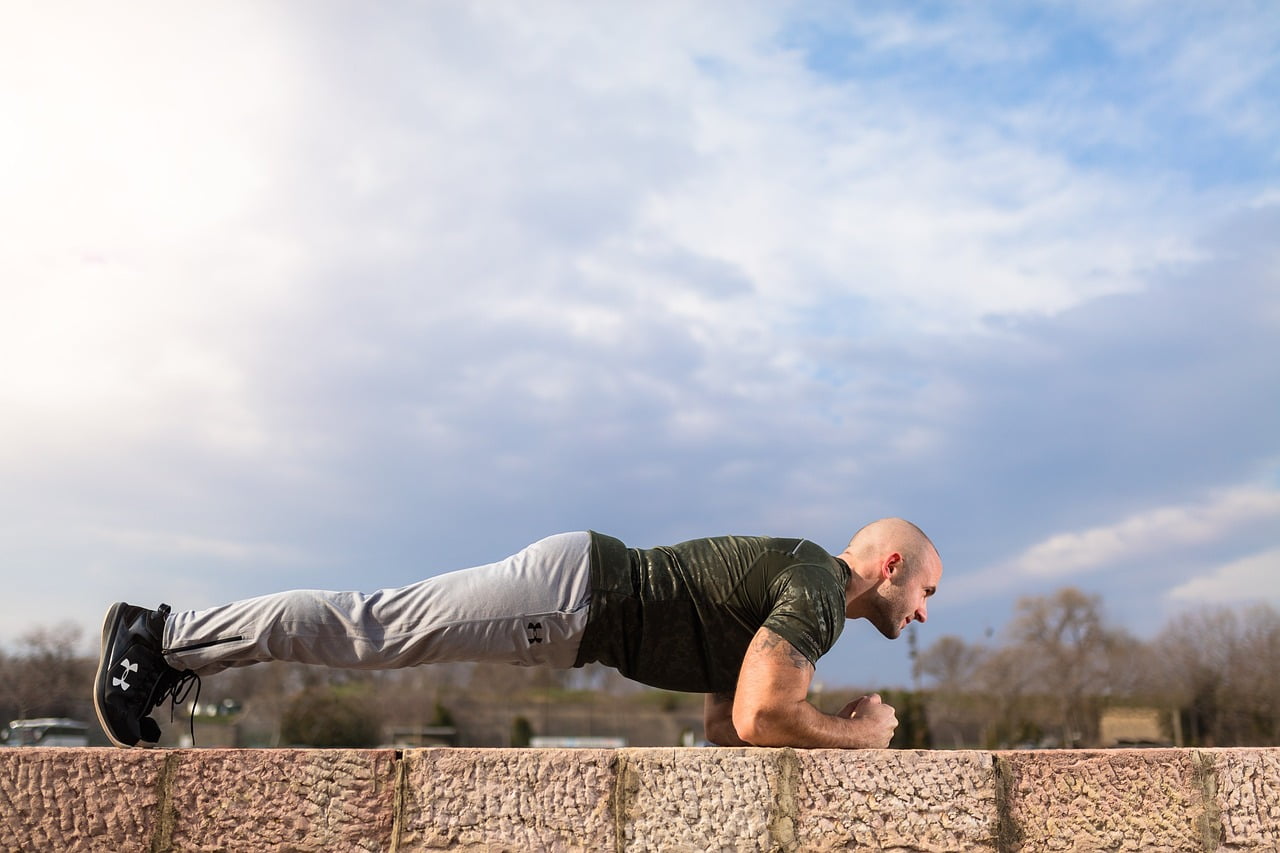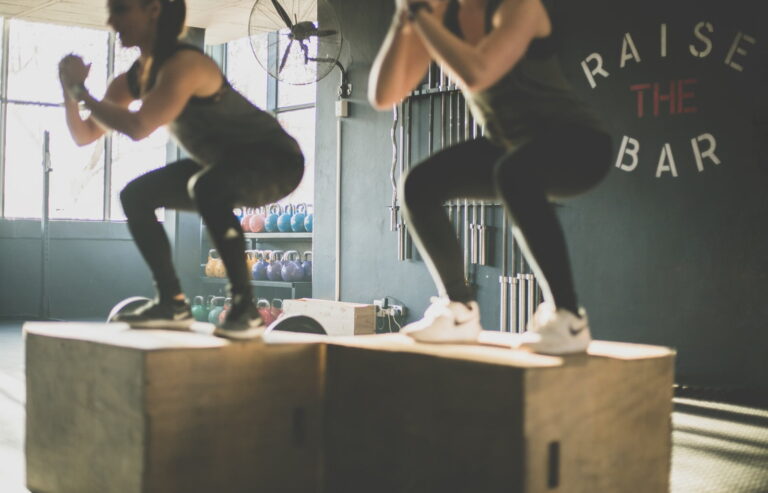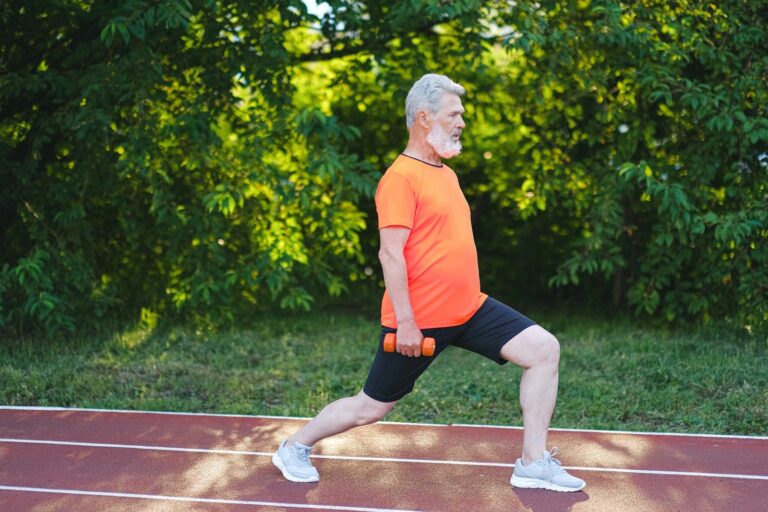Are you stuck in a plank rut? If you’re searching for a way to elevate your core workout and unlock a plethora of benefits, you’ve come to the right place. This blog post delves into the world of dynamic planks, contrasting them with their traditional counterpart—regular planks. Prepare to experience a new realm of core engagement and strength building!
Table of Contents
Introduction
The plank exercise has been a staple in fitness routines for decades. It is well-known for its ability to strengthen the core and improve overall stability. But what if there was a way to take this foundational exercise to the next level? Enter dynamic planks!
Dynamic planks involve adding movement and variation to the traditional static plank position. By incorporating dynamic movements, such as knee tucks or shoulder taps, you can engage different muscle groups and challenge your core in new ways.
What Are Dynamic Planks?
Dynamic planks are an evolution of the classic plank exercise. Unlike the static plank where you hold a single position, dynamic planks incorporate various movements. Think knee tucks, shoulder taps, and more. These added movements engage different muscle groups, offering a more comprehensive core workout.
Why Choose Dynamic Planks Over Regular Planks?
Dynamic planks offer several unique benefits that set them apart from regular planks:
1. Increased Muscle Activation
While regular planks primarily target the rectus abdominis and transverse abdominis, dynamic planks engage additional muscle groups such as the obliques, hip flexors, and glutes. This increased muscle activation leads to greater overall strength and stability.
2. Improved Flexibility and Mobility
Dynamic planks require a greater range of motion compared to static planks. By incorporating movements like leg lifts or side planks with rotation, you can enhance your flexibility and mobility in the core and surrounding areas.
3. Enhanced Coordination and Balance
The dynamic nature of these planks challenges your coordination and balance. As you perform movements like plank jacks or mountain climbers, your body must stabilize and adjust to the changing positions, improving your overall balance and coordination.
4. Cardiovascular Conditioning
Dynamic planks often involve faster movements and transitions, which can increase your heart rate and provide a cardiovascular workout in addition to targeting your core muscles. This added cardiovascular conditioning can help improve your endurance and burn more calories.
5. Variety and Fun
Let’s face it, doing the same exercise over and over can get boring. With dynamic planks, you have endless variations to keep your workouts fresh and exciting. From plank rotations to spiderman planks, you can challenge your body in different ways while having fun in the process.

How to Incorporate Dynamic Planks into Your Routine
Before diving into dynamic planks, ensure you have a solid foundation with regular planks. Aim to hold a proper plank position for at least 30 to 60 seconds before progressing to dynamic variations.
1. Start with a Solid Foundation
Before attempting dynamic planks, it’s crucial to have a strong foundation in regular planks. Make sure you can hold a proper plank position for at least 30-60 seconds before progressing to dynamic movements.
2. Add One Movement at a Time
Begin by incorporating one dynamic movement at a time. Focus on mastering the form and engaging the correct muscles before adding more complicated variations.
3. Mix and Match
Don’t be afraid to mix and match different dynamic plank movements. This not only keeps your workouts interesting but also targets different muscle groups and challenges your body in new ways.
4. Pay Attention to Your Body
As with any exercise, it’s essential to listen to your body and work within your limits. If a certain dynamic plank movement causes pain or discomfort, modify or avoid it altogether.
Conclusion
Dynamic planks are a fantastic way to unlock additional benefits and take your core workout to the next level. With increased muscle activation, improved flexibility and mobility, enhanced coordination and balance, cardiovascular conditioning, and a variety of movements to choose from, dynamic planks offer a fun and effective way to strengthen your core. So, why stick to regular planks when you can unlock the benefits of dynamic planks? Give them a try and watch your core strength soar!
FAQs
Q: Are dynamic planks suitable for beginners?
A: Dynamic planks can be modified to suit different fitness levels, including beginners. Start with simpler variations and gradually progress as you build strength and stability.
Q: Can dynamic planks help with weight loss?
A: While dynamic planks can contribute to calorie burning and cardiovascular conditioning, they should be combined with a well-rounded exercise program and a balanced diet for effective weight loss.
Q: How often should I incorporate dynamic planks into my routine?
A: The frequency of dynamic planks depends on your fitness goals and overall workout routine. Aim for at least two to three sessions per week, allowing sufficient rest and recovery between workouts.
Q: Can dynamic planks be done without equipment?
A: Absolutely! Dynamic planks require no equipment and can be performed anywhere. All you need is a mat or a comfortable surface to support your body.
Q: Can dynamic planks replace other core exercises?
A: While dynamic planks offer numerous benefits, it’s essential to have a well-rounded core routine that includes other exercises like crunches, Russian twists, and leg raises to target all areas of the core.


